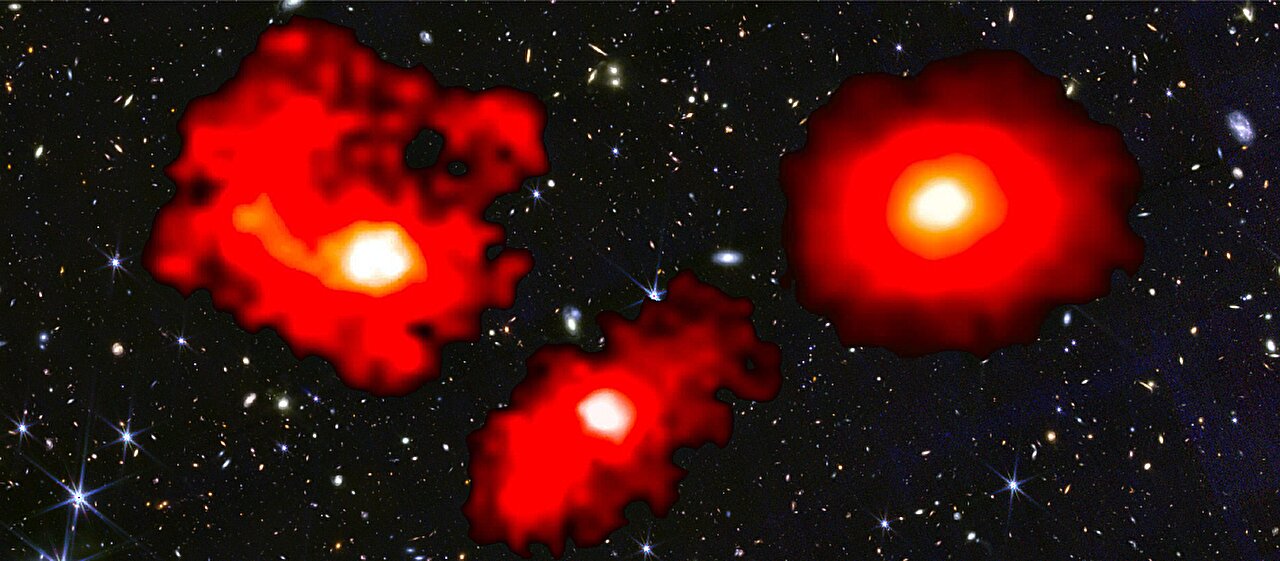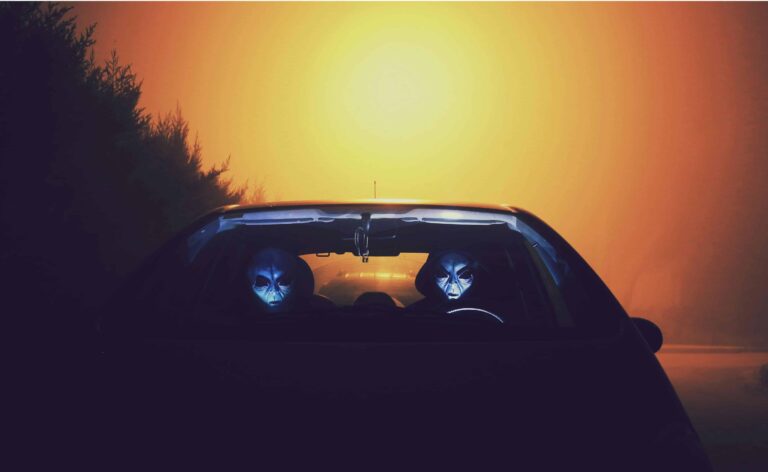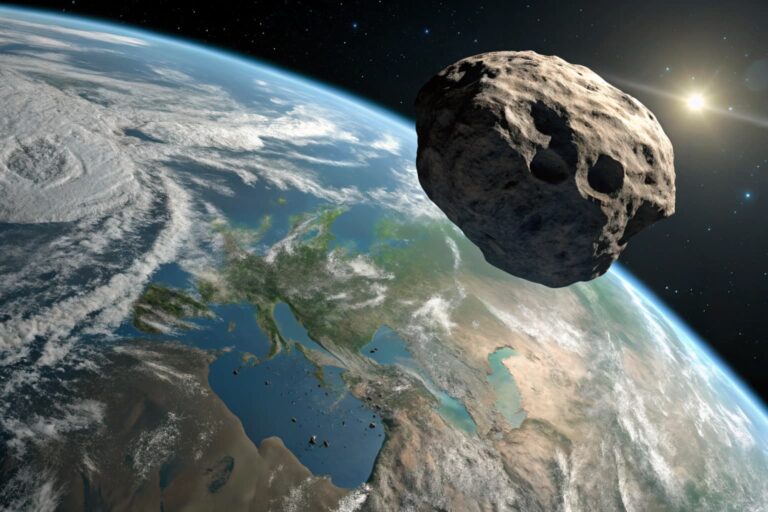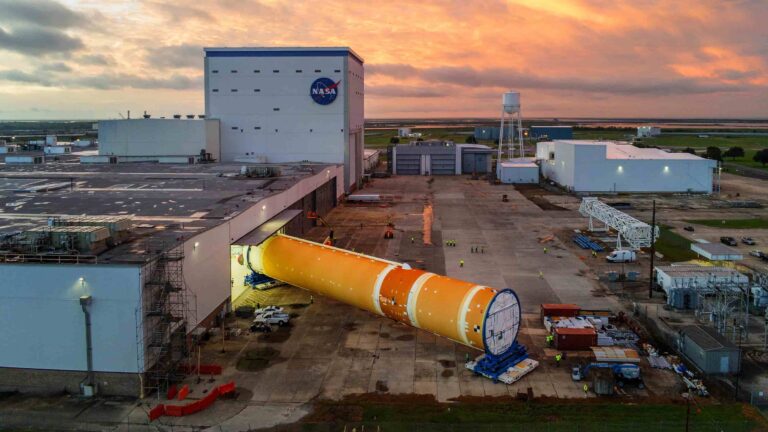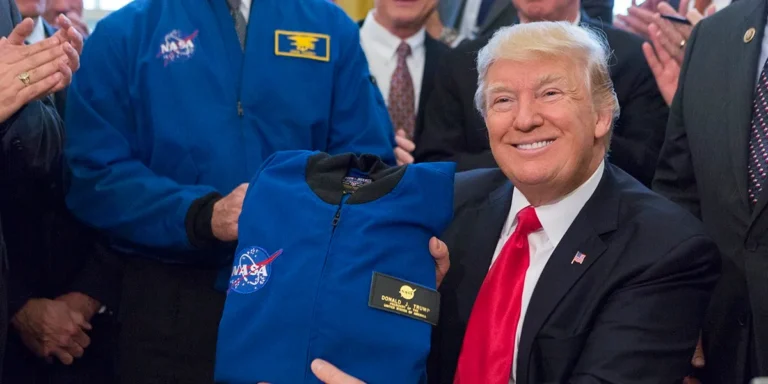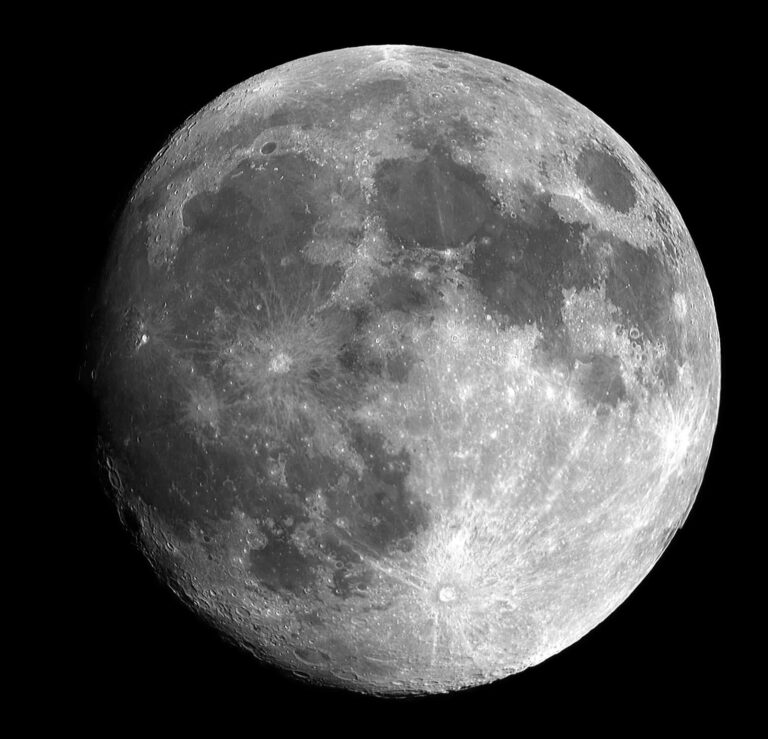Breaking Discovery: “Red Monsters” Rewrite Galaxy Formation Theories
- The Find: 3 ultra-massive galaxies, each with a stellar mass comparable to that of the Milky Way (approximately 100-400 billion stars), existed just 1 billion years after the Big Bang (during the Cosmic Dawn era)
- The Tool: James Webb Space Telescope’s (JWST) FRESCO (First REionization Spectroscopic Census in the Observables) program, utilizing the NIRCam/grism spectrograph to measure accurate distances and stellar masses
- The Impact: Challenges current understanding of galaxy formation in the early universe, suggesting a more efficient star-making process than previously thought
What We Know About the “Red Monsters”
- Unprecedented Star Formation:
- Forming stars at a rate nearly twice as fast as other galaxies from the same era
- Converting gas into stars with an efficiency of 40-50%, compared to the typical 20% seen in later galaxies
- Hidden from View:
- High dust content obscured these galaxies from optical telescopes, earning them the “red monster” nickname due to their distinct red appearance in JWST images
- JWST’s advanced spectroscopy has finally revealed their massive properties
- Galactic Characteristics:
- Redshift: z ≈ 5–6, indicating light has been traveling for approximately 12.8 billion years to reach us
- Size: Comparable to the Milky Way, with diameters spanning around 100,000 light-years
The Surprise: Rethinking Galaxy Formation Theories
- Early Universe Galaxy Formation:
- Current models may need to incorporate unique processes that enabled these early massive galaxies to form stars so efficiently
- Dark Matter Halos: May have played a more significant role in facilitating rapid star formation than previously thought
- Implications for Cosmology:
- Reevaluating the Cosmic Star Formation History: Understanding how these “red monsters” formed will help refine our knowledge of the universe’s early epochs
- Informing Future Surveys: JWST and other next-generation telescopes will be designed to detect more of these elusive galaxies
Expert Insights
- Dr. Mengyuan Xiao (UNIGE), Lead Author:
- “Our findings reshape our understanding of early galaxy formation, highlighting the complexity of the universe’s first billion years.”
- Dr. David Elbaz (CEA Paris-Saclay):
- “JWST has uncovered the massive properties of these previously invisible galaxies, demonstrating its unparalleled capabilities.”
- Pascal Oesch (UNIGE), Principal Investigator:
- “NIRCam/grism spectroscopy has given us a new window into galaxy growth and stellar mass accumulation, revolutionizing our understanding of the cosmos.”
What’s Next in the Pursuit of the “Red Monsters”
- Further Research with:
- JWST: Continued observations to study the “red monsters” in greater detail
- Atacama Large Millimeter Array (ALMA): Complementary observations to uncover more about their gas content and star formation processes
- Potential Discoveries:
- More “Red Monsters”: Uncovering a larger population of these ultra-massive galaxies
- Insights into the Early Universe: Refining our understanding of the universe’s first billion years and the formation of the first galaxies
Key Takeaways
- Ultra-massive galaxies, dubbed “red monsters,” existed just 1 billion years after the Big Bang
- These galaxies formed stars more efficiently than thought, challenging current galaxy formation theories
- Ongoing and future research with JWST and ALMA will unveil more secrets about these enigmatic galaxies and the early universe
Further Information: This research was published in Nature. Read more about it here.
